Museum for Roma & Sinti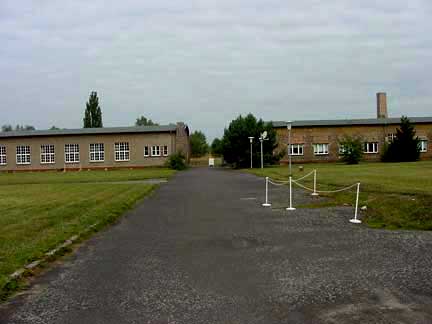 A permanent exhibition entitled "The National Socialist Genocide of the Sinti and Roma" is shown in the main western building of the SS workshops in the former Industrial Yard, outside the former prison enclosure at Sachsenhausen. The building was constructed in 1937-38 and was converted into museum space in 2001. A sign at the entrance to the Sachsenhausen Memorial site directs visitors to the left where a road leads through the Industrial Yard to the Museum. The exhibits in the Sinti and Roma Museum consist of photographs and text which tell the history of the Nazi genocide of the Gypsies. All of the text is in the German language with no translations into other languages. There are no artifacts, only photographs on large display boards, such as those shown below. One of the displays, which is pictured below, tells about the Gypsies who were transported from Westerbork, a transit camp in the Netherlands, to Auschwitz on May 19, 1944. The second photograph below shows a close-up of the display which features a famous photograph, that is sometimes erroneously identified as being a Jewish girl from Poland. The girl in the picture is not Jewish, but rather a Gypsy girl named Settela Steinbach, who was on the transport to Auschwitz. At Auschwitz, the Gypsies were put into a separate section where families were allowed to stay together. According to the Museum exhibit, on the night of the 2nd and 3rd of August 1944, Settela and her mother and 9 sisters were murdered in the gas chamber at Auschwitz. 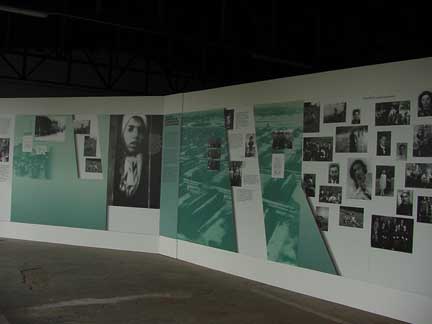 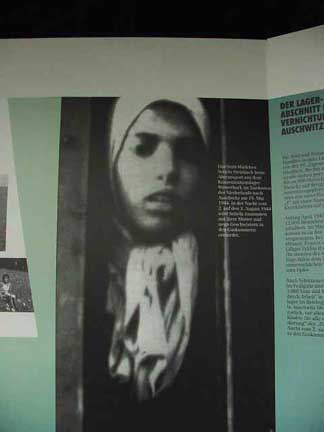 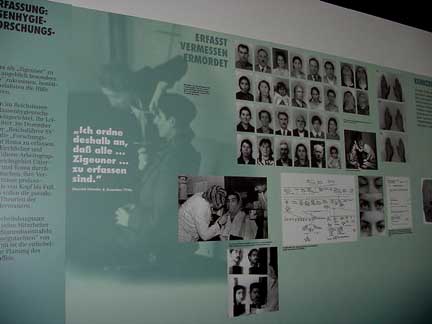 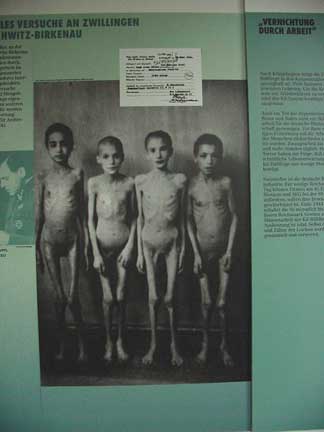 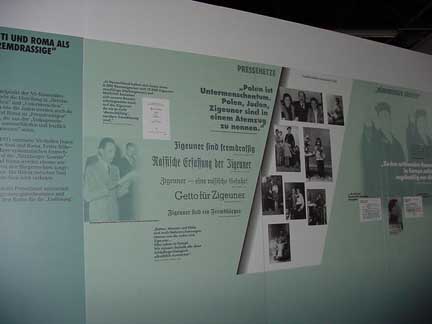 Jewish MuseumTable of ContentsHome |